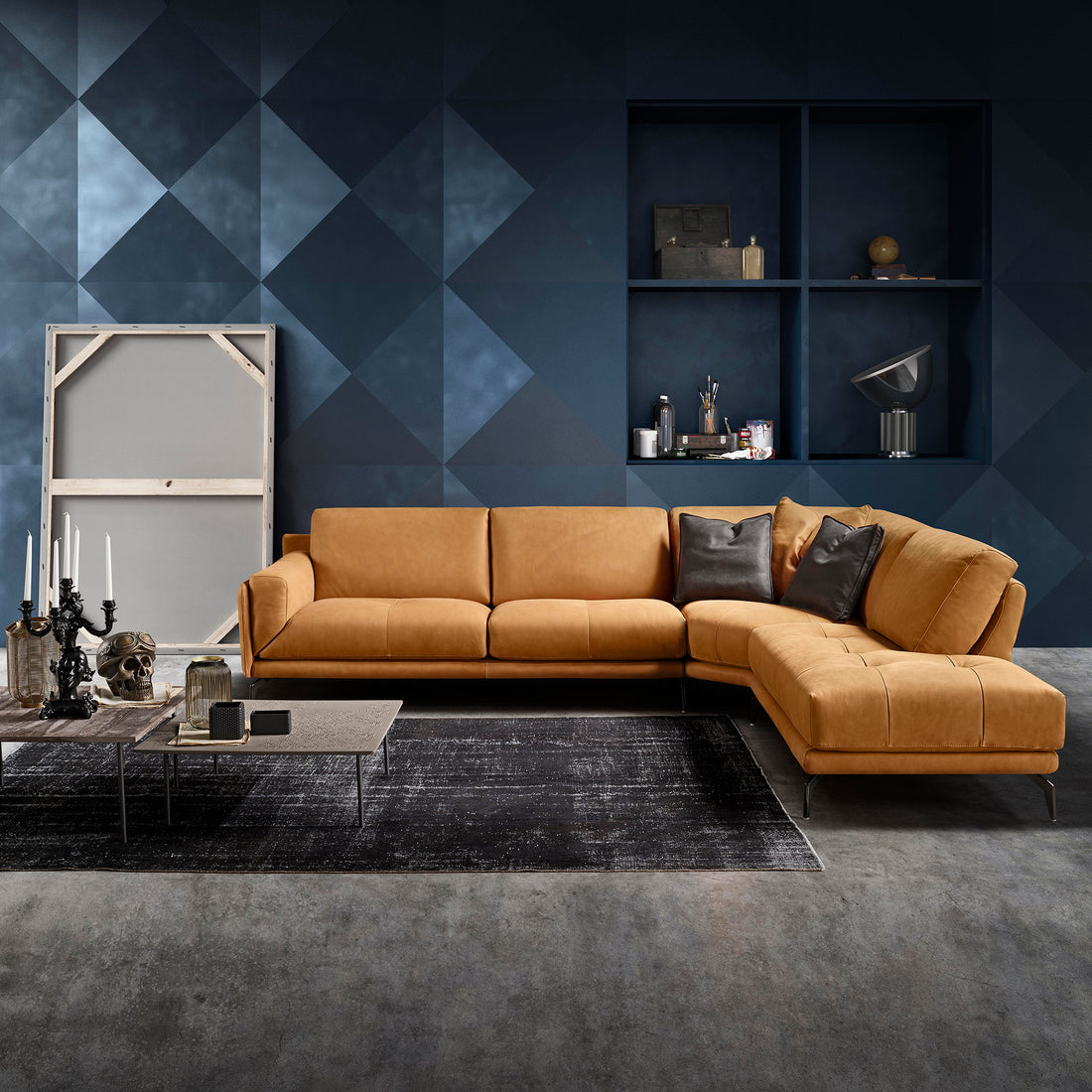Leather furniture adds a touch of elegance and sophistication to any space. However, over time, it can experience various issues that affect its appearance and durability. In this article, we will explore common leather furniture problems that arise with leather furniture and provide practical tips to prevent and treat them. By understanding the causes and implementing proper maintenance practices, you can ensure the longevity and quality of your quality leather sofas.
Scratches and Scuffs
Types of Scratches and Scuffs
When it comes to leather sofas, different types of scratches and scuffs can occur, each requiring specific treatment and care. Here are some common types of scratches and scuffs that you may encounter:
- Surface Scratches: These are shallow marks that affect only the topmost layer of the leather. They can be caused by pets' claws, sharp objects, or accidental scraping. Surface scratches are usually less severe and can often be easily treated or minimized with the right techniques.
- Deep Scratches: Deep scratches penetrate deeper into the leather, affecting multiple layers. They are often more noticeable and can be caused by sharp objects or rough handling. Deep scratches may require more extensive repair methods, such as using leather fillers or seeking professional assistance.
- Scuffs and Abrasions: Scuffs occur when the leather's surface is rubbed against a rough or abrasive material. They can result in marks or discoloration on the leather. Scuffs are commonly caused by rough-textured fabrics, rough footwear, or objects with abrasive surfaces. Depending on the severity, scuffs can be treated with specialized leather cleaners or by gently buffing the affected area.
- Color Transfer: Color transfer happens when a foreign substance, such as dye from clothing or ink, comes into contact with the leather surface, leaving behind a stain or discoloration. Color transfer can be particularly challenging to remove, and it may require specific cleaning products or professional assistance to restore the affected area.
- Cuts and Tears: Cuts and tears are more severe forms of damage that involve the leather being torn or deeply sliced. They can occur due to sharp objects or accidents. Repairing cuts and tears usually necessitates more extensive restoration techniques, such as using leather adhesives or patches.

Understanding the types of scratches and scuffs can assess the level of damage
It's important to note that the severity of the scratches and scuffs will determine the appropriate treatment method. Minor surface scratches can often be addressed with gentle cleaning, moisturizing, and the application of leather conditioners. For more significant damage or if you're unsure about the proper course of action, it's advisable to consult with a professional leather technician or seek the advice of an experienced furniture restorer.
Causes of Surface Damage
Surface damage on leather furniture can be caused by various factors, including pets, sharp objects, and everyday wear and tear. Identifying the causes and the leather damage types help in adopting preventive measures to minimize the occurrence of scratches and scuffs.
Tips for Preventing and Treating
Preventing scratches and scuffs involves implementing preventive measures such as using protective coverings and practicing caution. Treating surface damage requires appropriate techniques like using leather conditioners and specialized leather repair kits.
Fading and Discoloration
Causes of Fading and Discoloration
Leather furniture can experience fading and discoloration over time due to exposure to sunlight, environmental factors, and improper cleaning methods. Identifying the causes helps in addressing and preventing these issues.

Exposure to sunlight or artificial light, excessive heat, improper cleaning methods, and the use of harsh chemicals or cleaning products can lead to fading of a sofa
Tips for Preventing and Treating
Preventing fading and discoloration involves protecting leather furniture from direct sunlight, using appropriate leather cleaners, and applying UV protectants. Treating existing discoloration may require professional assistance or using leather restoration products.
Cracking and Peeling
Causes of Cracking and Peeling
One of the popular causes of damage to leather furniture are Cracking and peeling which were caused by age, dryness, and improper maintenance. Understanding the underlying causes helps in preventing and addressing these issues effectively.
Tips for Preventing and Treating
Preventing cracking and peeling involves regular conditioning and moisturizing of the leather. Using appropriate leather conditioners and avoiding harsh cleaning products can help treat existing issues and restore the leather's integrity.

Regular care your leather furniture can prevent Sofa cracking and peeling
Stains and Spills
Causes of Stains and Spills
Accidental spills and stains are inevitable on leather furniture. Common culprits include food and beverage spills, ink marks, and oil-based products. Identifying the causes helps in implementing preventive measures and selecting suitable stain removal techniques.

Understand the cause of stains and spills on your sofa to select suitable removal techniques
Tips for Preventing and Treating
Preventing stains and spills involves prompt cleanup, using protective sprays, and avoiding placing items that can cause damage. Treating stains requires using appropriate leather cleaning products and following recommended techniques.
Sagging and Deformation
Causes of Sagging and Deformation
Over time, leather furniture may experience sagging and deformation due to prolonged use, improper weight distribution, or weak internal support structures. Understanding the causes helps in preventing and addressing these issues effectively.

Extended use, uneven weight distribution, or weak internal support structures can develop sagging and deformations for Sofa
Tips for Preventing and Treating
Preventing sagging and deformation involves maintaining balanced weight distribution, using proper support mechanisms, and avoiding placing heavy objects on the furniture. Treating existing issues may require professional assistance or structural repairs.
Odors and Mold
Causes of Odors and Mold
Leather furniture, including fabric sofas set, can develop unpleasant odors and become susceptible to mold growth due to high humidity, inadequate ventilation, and exposure to moisture. Understanding the causes helps in preventing and eliminating these problems, including how to remove mold from leather.

Understanding the causes of mold can take preventive measures and address p protect your leather couch
Tips for Preventing and Treating
Preventing odors and mold involves maintaining proper ventilation, controlling humidity levels, and promptly addressing any signs of moisture. Treating existing issues requires thorough cleaning and the use of appropriate leather-safe disinfectants.
Conclusion
Maintaining the quality and longevity of leather furniture requires proactive care and preventive measures. By understanding and addressing common leather furniture issues such as scratches, fading, cracking, stains, sagging, and odors, you can ensure that your leather furniture remains in excellent condition for years to come.
Regular maintenance, proper cleaning techniques, and occasional professional treatments will help preserve the beauty and functionality as well as prolong the life of leather sofa.





